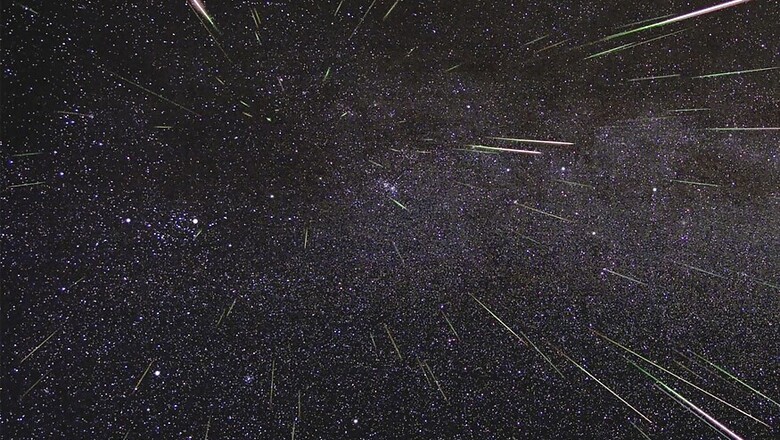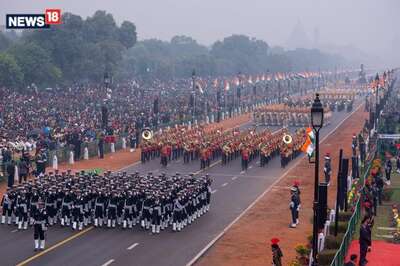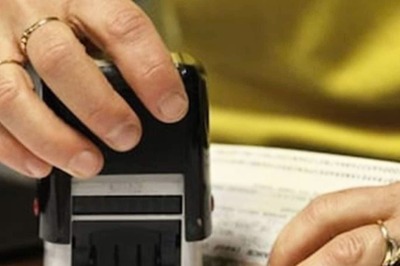
views
Skygazers are in for a treat this Saturday night as the people across the northern hemisphere of Earth will be able to catch a glimpse of the Lyrid meteor shower. The meteor shower, that appears to originate from the constellation 'Lyra' (hence the name 'Lyrid'), will be seen starting late at the night of April 21 and will continue till the early hours of April 22. The annual celestial marvel is a result of the remains of the C/1861 Thatcher comet and at its peak, is expected to showcase up to 20 meteors (or even more) shooting through the sky in an hour this time. So in case you are wondering how you can experience this unearthly phenomenon, read on.
What is Lyrid Meteor Shower?
As per reports, Lyrids are amongst the oldest recorded meteor showers in the history, dating back to 687 B.C. Lyrid meteors are small remains of Comet Thatcher that revolves around the sun in an orbit spanning across 415 years. As per its trajectory, its next closest encounter with the sun will be in the year 2276. The debris left by the comet, however, are encountered every year as the Earth crosses its path. As the meteors burn in the sky, they leave glowing streaks in their path, which we often call as "shooting stars".
Constellation Lyra, which is the originating point for the Lyrid meteor shower, is the home to one of the brightest stars visible, called Vega. The constellation can be located right next to the Pole Star. Observers are, however, advised to not keep a fixed gaze towards Lyra as the meteors with the longest tails will be moving away from the constellation.
The Lyrid meteors are expected to shower in numbers as high as 20 meteors in an hour, which can even go up to 100 in the case of an "outburst".
Also read: Now, a New Device to Prevent Drunk Driving
How to watch the Lyrid Meteor Shower?
The meteor shower will span from April 16 to April 25. However, it will be at its peak on the night of April 21, Saturday. Indian sky watchers will be able to get the best glimpse of the Meteor shower after 11 pm on Saturday night. The meteor shower will be even more prominent after the moon sets in the sky, which will be at 11:15 pm in the eastern end of the country and around 00:30 am at the western point. What's even better this time is that the moon is in a favourable position and will set by the time the meteor shower is at its peak radiance.
Viewers are advised to observe the phenomenon far from city lights or under extremely low lit surroundings to get the best view. There is no need of any protective gear or visual aid to watch the meteor showers, as in the case of an eclipse.
Watch: Nokia 6 (2018) Review: A Smooth Performer in a Striking New Design




















Comments
0 comment